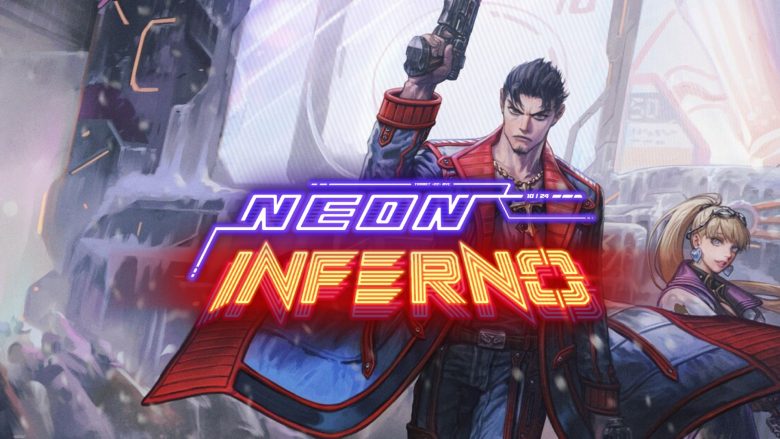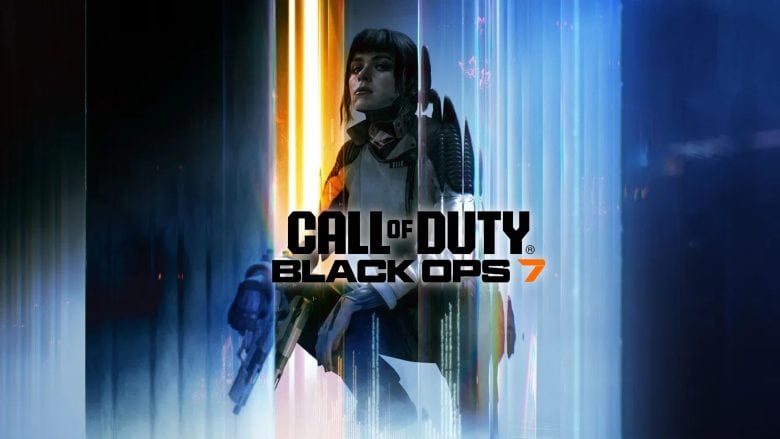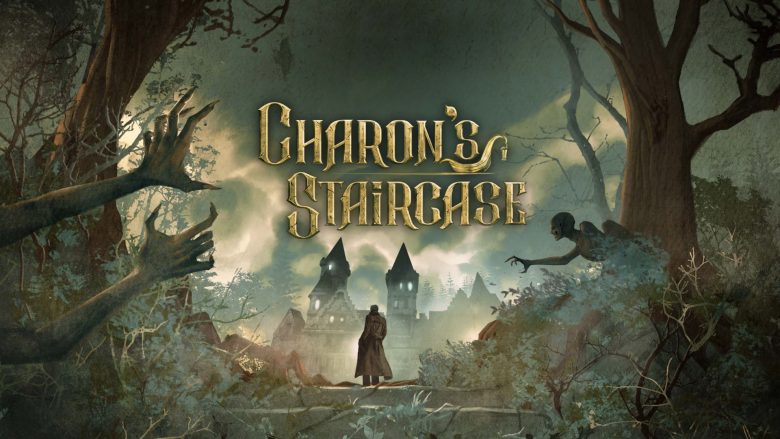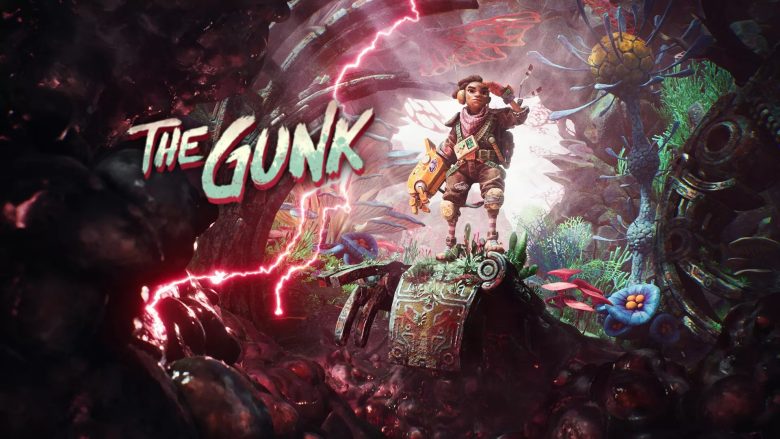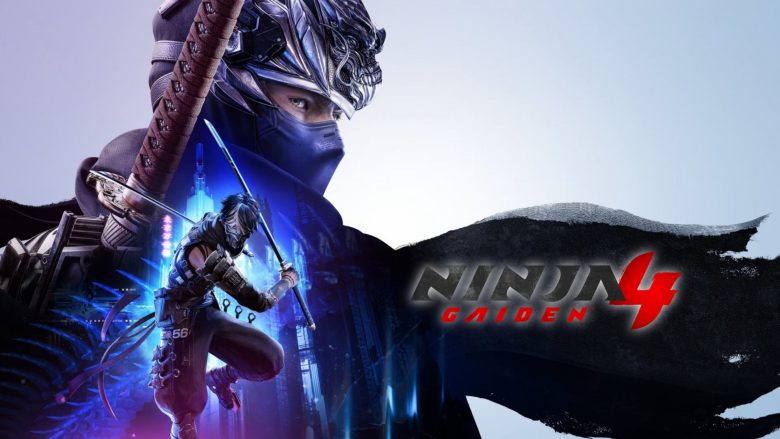A fairy tale reimagined in new attire, evoking the same emotions as the original and reviving the intense experience of 2013.

Published by 505 Games and developed by Avantgarden Games, the remake of Brothers: A Tale of Two Sons sheds new light and moves us once again with its sweet and adventurous family story.
Released on February 28, 2024, harnessing the latest PlayStation hardware generation, Brothers: A Tale of Two Sons boasts significantly improved graphics, performance, and gameplay.
Two devoted sons
Our story begins with a blond boy named Naiee, crying by a gravestone under a tree atop a small peak, overlooking one of the many breathtaking natural vistas that provide a picturesque backdrop.
A somber memory opens the window to a traumatic past, where we see the boy trying to save his mother who fell into the sea at night. The boy, safe on a small boat battered by violent waves, does his best, but like him, we can only witness the inevitable fate of his mother.
But the sadness doesn’t end there, as the father is also in jeopardy. Ill and unable to move independently, the man must be swiftly taken to someone who can help.

Here enters the second protagonist of the story: the older brother, Naia, a teenager with brown hair and a tough yet kind demeanor – if such a blend exists.
The boys wheel the father, seated in a wheelbarrow, and their journey begins. Once delivered to the elderly doctor, the man informs the brothers that the legendary “Water of Life” is needed to save their remaining parent. The old man gives the older brother a map to locate the Tree of Life and the life-giving water.
Navigating the village and overcoming obstacles like fiercely territorial dogs and wolves, the two brothers eventually arrive in a place no longer inhabited solely by humans. Here they assist a couple of trolls who in turn aid the brothers in continuing their journey, and so on, as the boys perform a series of good deeds, such as saving a man from suicide and helping a quirky inventor, who grants them a rudimentary device allowing the brothers to fly.
These brothers are kind-hearted and courageous, going to great lengths not only to save their father but also to protect each other.

Fraternity in Collaboration
The cooperation between the two brothers not only forms the beating heart of the story but also serves as the foundation of the gameplay.
In Brothers: A Tale of Two Sons, players can also engage in co-op mode, where they can separately control the two brothers.
Naia, the older brother, moves using the left side of the controller, while Naiee, the younger brother, is controlled with the right side.


When played in single-player mode, however, one controls both brothers using the entire controller, with Naia’s actions assigned to the left controls and Naiee’s to the right.
This collaboration is highly symbolic as the bond between the brothers is undoubtedly one of the game’s central themes. Although Naia, being older, takes on more challenging tasks or has greater capabilities such as swimming, the contribution of the younger brother is always essential in overcoming the obstacles they face. For instance, the younger brother can pass through bars.
Each brother’s abilities and limitations align perfectly with their characters and psychology. For example, Naiee’s inability to swim stems from the trauma of his mother’s drowning.

A Masterfully Crafted Product
Brothers: A Tale of Two Sons is a 3D adventure video game, where the direction often treats us to breathtaking views of mountains, gorges, and the sea. Viewed from above frequently, Naiee and Naia appear small amidst the splendor of the world around them.
The slightly polished graphics with warm and delicate colors convey the kindness that resides within our protagonists, making them appear almost ethereal, bathed in the enveloping and luminous light that characterizes this title.
The meticulous attention to lighting in the levels is evident, resulting in a well-balanced visual experience, as is the color palette, which creates an extremely harmonious picture.
The lack of dialogue, replaced by expressive vocalizations that effectively convey the characters’ intentions, gives the story a sense of universality, as if it exists outside of time and space—a quality that remains true, despite clear references to Northern European folklore.

Avantgarden Games’ Mission
The original Brothers: A Tale of Two Sons was released in 2013, developed by Starbreeze Studios and also produced by 505 Games. With the collaborative input of the award-winning Swedish director Josef Fares during the project’s conception, the game showcased the story of Naia and Naiee and immediately became a cult classic, appreciated for its thematic depth and enjoyable gameplay without excessive stress.
Brothers: A Tale of Two Sons, officially known as P13, utilized Unreal Engine 3. While the remake preserved the narrative essence, it also introduced significant changes.
First and foremost, Avantgarden Games took on the responsibility of revitalizing an indie title to introduce it to a younger audience on its tenth anniversary. The purpose of this revisitation was to leverage modern technologies to enhance expressive capabilities, particularly focusing on character facial expressions.


By employing Unreal Engine 5, Fabrizio Dini, Art Director at Avantgarden Games, along with a team of professionals with extensive international experience in the video game industry, were able to craft a more engaging and immersive story.
They undertook a complete overhaul of graphics, characters, animations, facial expressions, environments, and effects, alongside a total revision of cinematic sequences and the addition of a live orchestra-performed soundtrack.
We must acknowledge the existence of the title developed by Starbreeze Studios, which implemented all fundamental dynamics, including gameplay mechanics (albeit not in cooperative mode), and aesthetics that, in the remake, adopt more realistic and occasionally dark tones while preserving the delicacy and somewhat cartoonish style of the original.
Brothers: A Tale of Two Sons has also inspired games like Bramble: The Mountain King, where the setting, characters, and stylistic and technical choices are strikingly similar.
Conclusions
Naia and Naiee’s epic journey ends tragically, yet we can consider the mission a success. However, the emotional cost is immense.
Although Brothers: A Tale of Two Sons presents itself as a seemingly lighthearted title, it delves into profound and challenging themes such as parental loss or illness, suicide, and tragic death on a mission. The game doesn’t dwell excessively on these themes but integrates them sensitively and thoughtfully, with a stronger focus on positive themes like familial relationships.
In Brothers: A Tale of Two Sons, the relationship between the two brothers logically appears central, but the condition of being “children” is equally significant, as emphasized in the title itself.
In reality, the filial relationship lies at the heart of the story, serving as the driving force propelling Naia and Naiee to face dangers and fears. For Naiee, this journey leads not only to growth and strength but also to overcoming his fears, such as that of swimming.
Brothers: A Tale of Two Sons Remake is a commendable and fitting way to introduce a title that has already become a classic over ten years, dressing it in fresh, new attire that does not detract from its essence and allowing new generations to experience the magical and emotionally gripping journey of Naia and Naiee, as if it happened just yesterday.

Useful link:
Avantgarden Games Official Site
Brothers: A Tale of Two Sons Remake
PRO
- Completely revamped graphical design
- Live orchestra-performed soundtrack
- Faithfulness to the original story
- Addition of cooperative mode that enhances gameplay experience
CON
- Somewhat short duration




